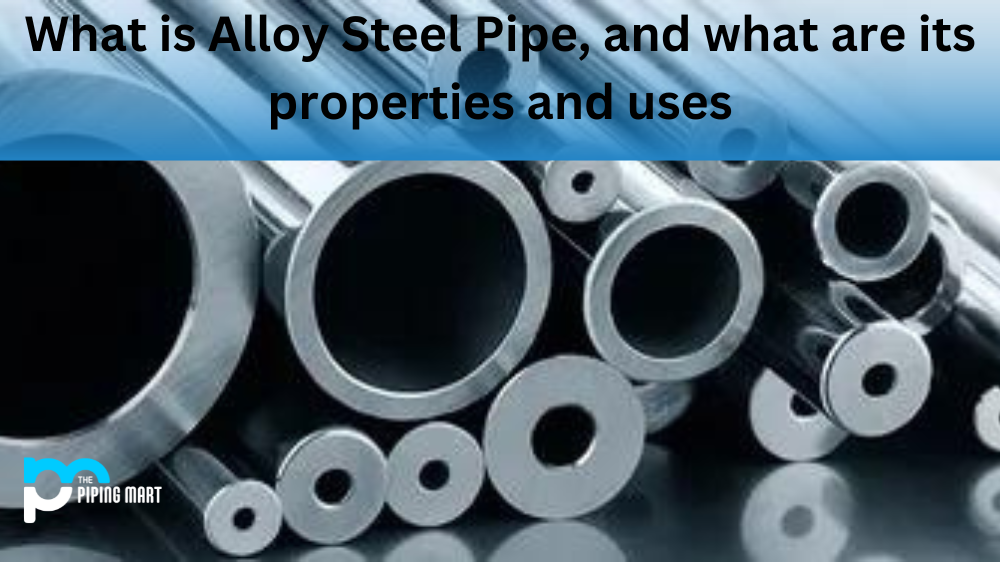Injection moulding is a manufacturing process that has been around for decades. It is used to create products with complex shapes, including plastic parts for toys, medical devices, electronic devices, and automotive parts. It is a versatile process that offers many advantages and disadvantages. Let’s explore the pros and cons of injection moulding in detail.
Advantages of Injection Molding
Injection moulding is one of the most efficient production processes available. This process involves using heated moulds to shape molten materials into a desired shape before cooling them off, creating a finished product quickly and with little waste. The tooling involved in injection moulding also allows manufacturers to quickly switch between different products while maintaining precision and accuracy. Additionally, the possibility of automation makes this process cost-effective even when producing large quantities of items.
Another advantage of injection moulding is its ability to produce high-strength parts with excellent surface finishes, as well as intricate details and tight tolerances. Its versatility also means that it can be used for both thermoplastics and thermosets, making it suitable for many different types of products and materials. Finally, it helps reduce costs by allowing manufacturers to reuse existing moulds or make minor modifications instead of having to start from scratch each time they need to create something new.
- Injection moulding is a manufacturing process that can be used to produce parts or products from a variety of materials, including metals, plastics, and ceramics.
- Injection moulding is a versatile manufacturing process that can be used to produce parts or products of varying sizes and shapes.
- Injection moulding is a fast and efficient manufacturing process that can produce large quantities of parts or products in a relatively short period of time.
- Injection moulding is a cost-effective manufacturing process that can save businesses money on production costs.
- Injection moulding is a safe and clean manufacturing process that poses no health or environmental risks.
Disadvantages of Injection Molding
While there are many advantages to injection moulding, there are some drawbacks as well. One disadvantage is the upfront cost associated with creating moulds for the production process; this cost can be quite high depending on the complexity and size of the item being produced. Additionally, some materials, such as rubber or glass, are difficult or impossible to use with this process due to their poor heat-resistance properties or their tendency to stick inside the moulds after they have cooled down. Finally, injection moulding machines can be quite large (and expensive!), making them difficult to install in small shops or businesses without dedicated space for them.
Limited to Low-Volume Production
Injection moulding is typically only economical for low-volume production. The high initial investment required to set up an injection moulding operation is not cost-effective for large-scale production. Additionally, the per-unit cost of injection moulded parts is higher than the cost of parts produced through other manufacturing processes, such as CNC machining or 3D printing.
Long Lead Times
Another disadvantage of injection moulding is that it has long lead times. The lead time for an injection mould can be anywhere from eight weeks to six months, depending on the complexity of the design. This is significantly longer than the lead times for other manufacturing processes, such as CNC machining or 3D printing.
High Tooling Costs
The high tooling costs associated with injection moulding are another significant disadvantage of the process. The cost of an injection mould can range from $5,000 to $100,000, making it one of the most expensive tools in a manufacturing operation. Additionally, the cost of maintaining and repairing an injection mould can be high.
Limited Design Freedom
Injection moulding also has limitations in terms of design freedom. The process is best suited for parts with simple geometries, as complex designs can be difficult and expensive to produce. Additionally, injection moulded parts must be designed so that they can be ejected from the mould without damaging the tool. This requires careful consideration of part geometry and material properties.
Material Waste
Finally, injection moulding can result in significant material waste. The process typically requires that material be injected into the mould at a pressure that is greater than atmospheric pressure. This can result in material being forced out of the mould cavity and into runners and sprues.
Conclusion:
In conclusion, injection moulding offers numerous benefits over other production processes due to its efficiency and versatility; however, these benefits come at a price in terms of upfront costs for tooling and equipment and restrictions in terms of material selection. Still, due to its speed, accuracy, repeatability and strength, it remains one of the most popular manufacturing processes today among industrial professionals who need to produce large numbers of accurate components quickly and inexpensively. If you’re looking for an efficient solution for your production needs, then injection moulding should definitely be on your list!

Abhishek is a seasoned blogger and industry expert, sharing his insights and knowledge on various topics. With his research, Abhishek offers valuable insights and tips for professionals and enthusiasts. Follow him for expert advice on the latest trends and developments in the metal industry.




